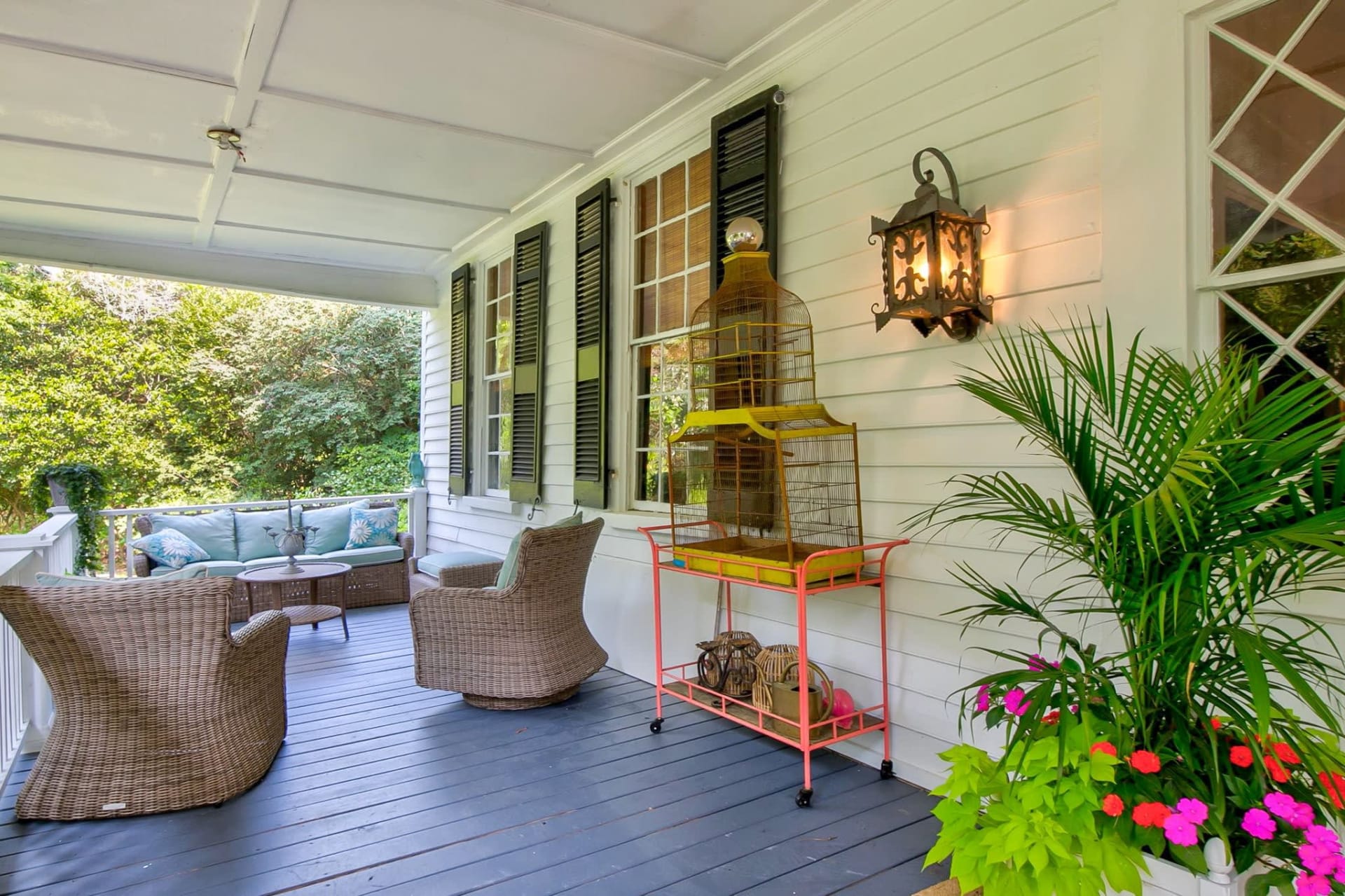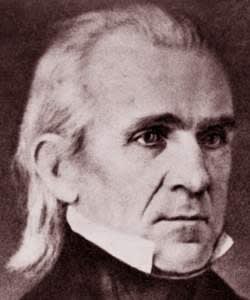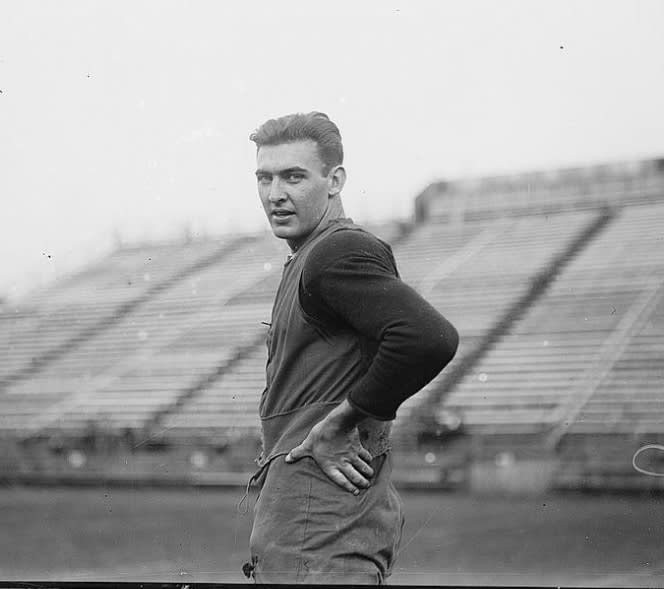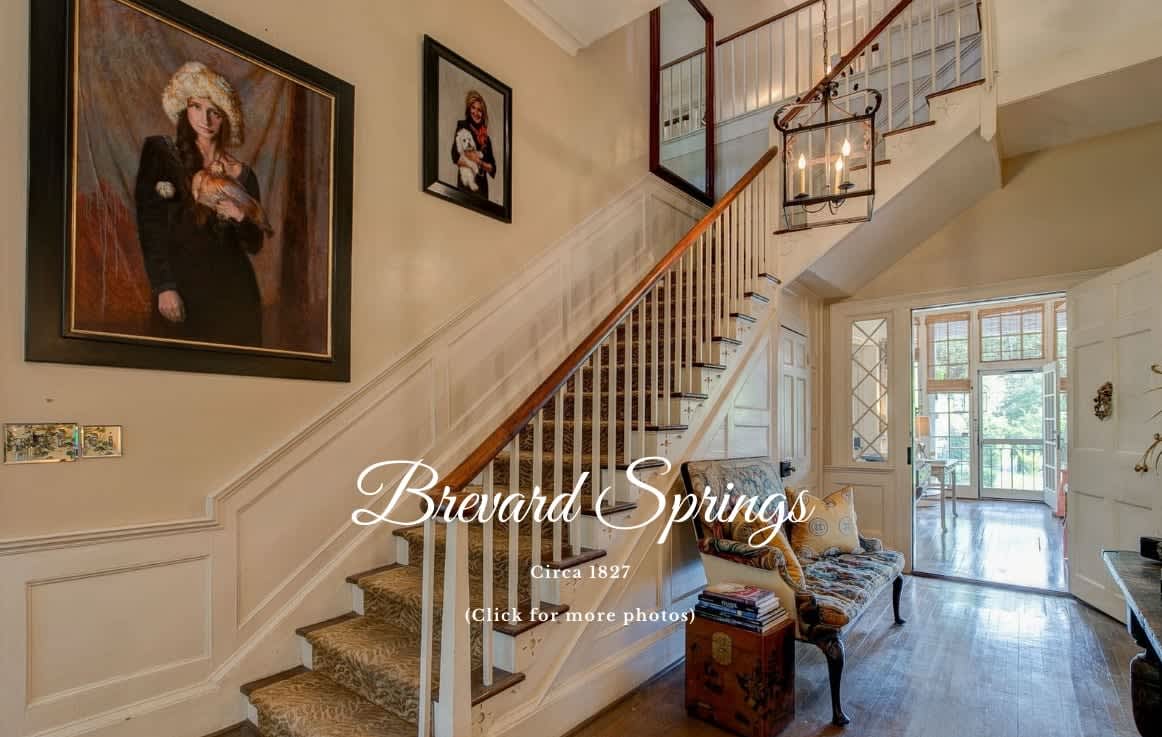Welcome to Brevard Springs
Brevard Springs, Circa 1827
1816 Brevard Place, Historic Camden, South Carolina.
Lined with century old Live Oaks. Dotted with magnificent Magnolias. Nestled on more than 1.6 acres.
This is one of Camden's most significant Estates, and has been lovingly preserved and restored by the same owners for the past 30 years.
The manicured grounds include mature trees and landscaping, a large greenhouse, fruit orchard and brick walkways. The home is steeped with architectural integrity including heart pine floors, soaring 14 foot ceilings, 6 original fireplaces and dramatic interior moldings. This property has been lovingly restored to provide modern comforts, while preserving its historic integrity.
Homes like this stand the test of time!
Homes like this stand the test of time!

The Main House
Circa 1827 with additions in 1935
+/-5570 sq. ft.
5 bedrooms
4 full baths and 1 half bath
5 bedrooms
4 full baths and 1 half bath
Brevard Springs captures you from the moment you arrive. Every corner of this home tells a story from the grand columns on the covered front porch to the 6 original fireplaces. Originally built in the traditional 'four over four' style architecture primarily used in the 1800's, with the back addition added in 1935.
First floor – 14 foot ceilings, grand foyer, eat-in kitchen, butlers pantry, formal dining room, living room, cozy den with hidden door to main level bedroom with full bath, powder room and sun room.
Second floor – 12 foot ceilings, main bedroom suite with full bath, 2nd bedroom suite with adjoining sitting room (could be used as 6th bedroom) and full bath, two additional bedrooms, one with a private full bath, large gathering space on the main landing.
Special features: Antique pine floors, 6 wood burning fireplaces, majority of the windows and doors are original, columns and siding all al original and pine wood, partial gutters.
First floor – 14 foot ceilings, grand foyer, eat-in kitchen, butlers pantry, formal dining room, living room, cozy den with hidden door to main level bedroom with full bath, powder room and sun room.
Second floor – 12 foot ceilings, main bedroom suite with full bath, 2nd bedroom suite with adjoining sitting room (could be used as 6th bedroom) and full bath, two additional bedrooms, one with a private full bath, large gathering space on the main landing.
Special features: Antique pine floors, 6 wood burning fireplaces, majority of the windows and doors are original, columns and siding all al original and pine wood, partial gutters.

- 1.6 acres
- Greenhouse and Shop
- Mature landscaping and gardens
- Fruit Orchard
- Gated front entrance, with natural treed border on the sides and back of land
- Irrigation throughout the majority of the property
- Brick walkways

Photo Gallery
Watch the Video
Renovations and Improvements
-
Foundation: The foundation was just inspected and some additional support was added. CNT Foundation inspected and reinforced the floor joist under the room in the basement and give a transferable lifetime warranty. was the floor under the living room.
-
Heating and Air: A geo-thermal unit was installed around 2012 by Gene Love. (More than $100,000 unit!) This unit Geothermal HVAC systems use only the earth's temperature and electricity to generate heat and AC for the home.
-
Water Heater: There is a Tankless/Gas on Main House installed approx. 2018
-
Paint: The house is on a constant rotation and upkeep so no exact date can be given. The two front parlors were just resurfaced and primed in June, 2023. Several areas of the exterior have been painted throughout 2023 and the rest of the house, inside and out, as needed.
-
Roof: The roof over the front porch was just redone in 2022. The remaining Main house has 30 year architectural shingles completely redone in around 2010.
-
Water: City of Camden Public water. A well serves the irrigation.
-
Septic: City of Camden public sewer.
-
Kitchen improvements: The kitchen was completely redone 25 years ago to include the custom cabinetry and granite counters. Over the years the appliances have been replaced, as needed, to include the current SubZero fridge, 5 Star double oven and hood, and KitchenAid dishwasher. The is second refrigerator and counter top microwave in the Butlers Pantry. (Ice maker needs repair)
-
Windows: The windows throughout most of house are original. Several windows still open around the house, for safety reasons, but also to enjoy the southern breezes!
-
Fireplaces: There are 6 original wood burning fireplaces in the main house and 1 in the Basement. (Not currently used) A recent inspection states several of the fireplaces could be used again with the addition of a liner in the chimneys.
- Pest Control: Regular treatment and transferable termite bond with Terminex.
Additional features:
-
Full, unfinished basement that is includes an original Vault (probably used for valuables back in the day!) and small finished room.
-
Partial Gutters on main house
-
Utilities are City of Camden for electricity, water, sewer, trash and yard debris
Brevard Springs History

'Brevard Springs' was built for Dr. Alfred Brevard back in 1827. Dr. Brevard was a cousin of the Mexican War hero, James Polk Dickinson. Dickinson was an orphan and raised by Dr. Brevard in this very home. The traditional four over four architecture offers a large central hall and grand staircase to the second story. This house was the first of the "Kirkwood" homes in historic Camden. The home still features the original columns, paneling and doors made of heart pine. The front of the home is the original portion of the house, with the back section, and more bedrooms, being added in the mid 1900's. Additions include the current sunroom and kitchen. Records show the ceilings were originally 20 feet high, but were lowered to the existing 14 foot (downstairs) and 12 foot (upstairs) to accommodate the current design. There have been several other prominent families who have owned and graced these halls, including a true character named Lefty Flynn.
Former Notable Residents
of 1816 Brevard Place, Camden, SC
Lt. Col. James Polk Dickinson (1816 - 1847)
Source: Historic Camden, pp. 131-135
of 1816 Brevard Place, Camden, SC
Lt. Col. James Polk Dickinson (1816 - 1847)
Source: Historic Camden, pp. 131-135

James Polk Dickinson was born in Camden, January 21, 1816. His father Henry H. Dickinson was an Englishman, from Bermuda, whose naturalization papers were taken out about 1802, at Camden, where he resided until his death in 1826.
His mother was Martha, daughter of Dr. Ephraim Brevard, reputed author of the disputed Mecklenburg Declaration of Independence and brother to Judge Joseph Brevard of Camden. His maternal grandmother was of the well-known Polk family of North Carolina and Tennessee and is said to have been a very beautiful woman.
He had an uncle, his father’s brother, living in Bermuda, a wealthy merchant and planter, whom in his youth he visited. When ten years of age, being left an orphan, in 1826 he was taken to the home of his adult cousin, Dr. Alfred Brevard, in Kirkwood, by whom he was raised to manhood.
Dr. Alfred Brevard built the house at 1816 Brevard Place in 1827 which he named “Brevard Springs” and it was there that the orphan boy James Polk Dickinson lived and was raised by Dr. Brevard.
At age 26 in 1842, James was elected to the South Carolina Legislature where he served until answering the call to arms for the Mexican Campaign in 1846. The Palmetto Regiment was formed in July, 1846 and James Polk Dickinson was elected Lieutenant Colonel. It was said that his energy and enthusiasm at this time was extraordinary in response to Governor Johnson’s second call for volunteers and that he stirred the whole county by his eloquent appeal for enlistments. His speech on December 2, from the base of the DeKalb monument seems to have been a masterpiece and the audience is said to have been electrified by his burning eloquence. One passionate utterance of his at this event survived to be later engraved on his tomb: I want a place in the picture near the flashing of the guns!
The ranks of the Kershaw Volunteers were soon filled and it was stated and considered publicly that Dickinson alone maintained the honor of the District in her hour of trial. He was described by correspondents and editors of the Camden papers as the gallant, chivalrous and accomplished Dickinson***majestic in intellect as in appearance***a very incarnation of the Spirit of War. They further said it was reported by his fellows in battle that he had on those fields of carnage, an aspect of grandeur and sublimity like the fabled heroes of antiquity***where the fight raged fiercest, inspiring all about him by his calmness, like the serene angel that rides in the whirlwind and directs the storm.
At Vera Cruz he was severely wounded in the shoulder but continued to lead two companies against a large body of Mexican Lancers. Then at Churubusco, when the standard bearer of the Regiment was shot down, he seized the colors and carried them in advance of his men. In this engagement, by reason of the death of Colonel Butler, Dickinson succeeded to the command of the Regiment. Fifteen minutes later, he received under fire a musket ball in the ankle and also fell, handing the flag and his sword to the next in command. He might have recovered from the musket wound itself, but when amputation was ordered by the surgeons, he would not consent. A low typhoid fever set in, and after lingering for 30 days, Lt. Col. Dickinson died at the village of Mixchoac on September 12, 1847.
His funeral service in Camden was attended by a vast concourse estimated at 3,000. The long procession to the grave included numerous military and civic organizations, a band of music, and Colonel Dickinson’s war horse, lead by his faithful body-servant Jim Lang following the Colonel’s remains in an immense black leaden box on a draped bier drawn by four grey horses with appropriate trappings.
Lt. Col. James Polk Dickinson will forever be considered one of the greatest heroes of Camden and the State of South Carolina.
Lefty Flynn and The Langhorne Sisters
(Excerpt from Paper by Sherwood Cleveland to Parallax)
(Excerpt from Paper by Sherwood Cleveland to Parallax)

The inspiration for this topic is a character known personally by many of you - Lefty Flynn, Maurice Bennet Flynn. In fact, the title of this was to be “In Search of Lefty Flynn.” The connection with Lefty is that he lived at 1816 Brevard Place.
It seems entirely predictable that Lefty and Scott Fitzgerald would become friends. Fitzgerald must have thought he was meeting two of his literary creations when he met Lefty and Nora Langhorne in Tryon in 1935. These were the “beautiful people” and living proof of the curse of romanticism.
Lefty - the great Ivy League athlete, was ladies’ man and ultimate free spirit. Nora was the beautiful youngest Langhorne sister from Virginia - legendary for their good looks, their social prowess, and their extraordinary attractiveness to men.
Inevitably, the study of Lefty led to the larger Langhorne epic. In searching for Lefty I, like Lefty and others, was seduced by the Langhorne mystique with all the elements which attract - feminine beauty, personal power, lives of intrigue and ultimate tragedy. Before going to the Lefty part of the story, permit me to introduce the Langhorne’s.
The Langhorne’s
The lives of the five sisters reached across an entire century from the birth of the first daughter in 1867 to the death of sister Nancy in 1964 – who had become Lady Astor. The Langhorne story began in 1864 when Chiswell Dabney Langhorne married Nancy Witcher Keene. Chillie, pronounced “Shillie,” had grown up in Lynchburg, Virginia, his father a farmer and flour mill proprietor.
He fought in the Civil War, met Nancy near the end of the war and settled in Danville, her hometown. He was a diehard confederate, great storyteller, poker player and totally irreverent. He was a hard drinking, cigar smoking renegade and immensely popular. He was a master at auctioning tobacco and made money doing it. Nancy was the loyal, devoted, and long-suffering wife who would deliver eleven children, of which three sons and five daughters would survive.
From the end of the war until 1885, Chillie struggled financially in Danville. There were times then when Chillie maintained and supported his wife and children, his mother, father, brother, and sister all under one roof at the same time in a four-room house. Chillie was a big-hearted person, a hustler and, foremost, a survivor. In 1885, he moved the family to Richmond where he hoped to make his fortune in the emerging railroad boom. The four railroad lines which touched Richmond from before the war were now expanding through the active investment of Northern money and capital. The state of Virginia was selling off its pre-railroad stock and this further fueled the investment fever.
Chillie was unsuccessful, however, in breaking into the lucrative part of the business and by 1890 he was virtually bankrupt. Two things happened that year, in 1890, that changed the Langhorne’s forever. The story goes that he had the family all packed up on the front steps of their house on Grace Street in Richmond to move to the country to live with relatives when he heard from General Henry Douglas, a civil war veteran and good friend, who had a concession with the Chesapeake & Ohio Railroad line. Douglas offered him a contract to manage the railroad’s labor force. As the movers were taking the furniture out of the house, Chillie rushed in and said “Hold everything right there.”
The second thing that year was that Irene, the second Langhorne daughter, 17, was presented as debutante at White Sulphur Springs. She took the place by storm. The men all fell madly in love with her. The New York Times wrote about her in glowing terms. Things would never be the same for the Langhorne’s after that. It had also been in 1890 that Charles Dana Gibson, an aspiring artist for Life Magazine, created the Gibson Girl.
Then in 1893, Chillie, now prosperous, bought Mirador, an estate in Albemarle County, Virginia near Monticello and 18 miles from Charlottesville. Mirador was built in 1825 at the foot of the Blue Ridge Mountains - three miles from the branch line of the C&O Railroad at Greenwood, Virginia.
Chillie’s new found prosperity, Irene’s celebrity as the gorgeous debutante and the purchase of Mirador had all combined to launch the Langhorne myth. They were now described in the New York Times as one of the “First Families of Virginia.” Those knowledgeable in Virginia genealogy knew better.
This was a time when the North had become fascinated with the South, its pre-Civil War plantation life and the myth of the Southern Belle. The Langhorne’s now presented a pretty good package of these elements and so the C&O branch line of Greenwood transported many Northerners to visit Mirador in pursuit of Irene. Nancy and Phyllis, the younger sisters, kept a record of Irene’s marriage proposals and counted 67 of them.
It was also in 1893 that Irene was invited by the New York Astor’s to lead the Grand March at the Patriarch Ball. This made her officially the #1 debutante throughout the Eastern United States. A year later she met Dana Gibson, now famous for his Gibson Girl, at Delmonico’s Restaurant in New York and within a year they were married. Irene resembled the Gibson Girl and Gibson now drew her as his new Gibson Girl. Irene thus became known to the world as the Gibson Girl.
While Irene was on center stage, the younger Langhorne girls were coming along. When Irene was married in 1895, Nancy was 16 and Phyllis 15. Nancy had grown up as a streetwise tomboy, the fastest runner in the neighborhood who never avoided a fight, whether with the boys or girls. By age 17, Nancy had succeeded Irene as the beautiful Langhorne debutante but her tenure in this capacity was to be cut short in the Spring of 1896 when she met and married Robert Gould Shaw, a certified playboy and former member of the Harvard Polo Team with a kept mistress. He was the son of Quincy Adams Shaw who made his fortune in copper in the 1860's. In terms of pedigree, it appeared Nancy had married well but this marriage would prove to be a disaster.
They were to be fundamentally incompatible: Shaw loved whisky and sex; Nancy did not like either. Frustrated by her frigidity, and with his mistress there to console him, he resumed his affair both with her and the bottle. After divorce from Shaw, she met Ava Astor, wife of John Jacob Astor IV, then head of the American part of the Astor’s, who later went down with the Titanic. Ava Astor was then considered the most beautiful society woman in America. She befriended Nancy and they spent a month together in London. This was an Astor apprenticeship for Nancy and the first step in her later marriage to Waldorf Astor.
It was in December, 1905 that Nancy met Waldorf, whose father William had previously decided he was too much an aristocrat for life in America and moved to England. The Langhorne beauty and force of personality mesmerized Waldorf; he was relentless in his quest to marry Nancy. She examined his financial statements and accepted his marriage proposal; they were 27.
Lefty’s Encounter with the Langhorne’s
Now we go to the Lefty Flynn part of the story. Nora Langhorne - the future Mrs. Lefty Flynn - was the youngest of the five sisters. According to the Langhorne biographer, she was in many ways the most attractive, but totally undisciplined and a maverick free spirit. She had a beautiful voice, played the guitar and ukelele, loved men, and had extraordinary sex appeal. She was not highly regarded within the family; the Langhorne’s would say that “Nora’s heart is like a hotel and the door is always open.”
In New York, Nora, with her Edith Piaf singing voice and her guitar and ukelele, had become a huge success on the social scene. It was at one of these parties in 1913 that she met Lefty and fell in love with him instantly. Biographer James Fox narrates this account of their meeting in his Five Sisters,
The Langhornes of Virginia:
On one of these evenings, Nora fell into some extempore close harmonies - to the enthrallment of the guests - with a former Yale football hero called “Lefty” Flynn. Nora invited Lefty the following weekend to her seaside cottage, and the following Monday she ran off with him leaving no indication of where she was going. Lefty’s full name was Maurice Bennet Flynn. He was a very tall Irish-American with blue eyes who had been the star fullback on the 1912 Yale football team. His nickname was derived from his prodigious left-footed goal kicking. He had set unreachable records at Yale in track events and in the high jump and was destined to be one of the most famous Yale athletes of all time. He had the reputation for being a very funny man - a prankster who also had a beautiful deep singing voice with Paul Robeson resonance. The Yale Glee Club of college alumni, with which Lefty went on tour, was also a boys’ drinking club, and Lefty drank quite heavily. In the year of his college stardom, 1912, he had eloped with a chorus girl called Irene Leary, married her in a haze of cocktails and jokes, and fled to Italy. Despite the efforts of his good-time friends, Lefty was not allowed back to Yale, and he divorced Irene Leary in 1914, the year he met Nora.
Chillie came to New York to orchestrate the search party to find his daughter. He instructed his son-in-law, Dana Gibson, to bring Nora and Lefty back. Someone had recognized them out West so Gibson was able to find them. They were singing and playing their guitar and ukelele in bars and taverns. He brought Nora back to the fold and the family quickly shipped her back to England. In 1915, a year after his fling with Nora, he married Blanche Palmer, a good looking Denver society girl. They had a son together - Bud Palmer who would become a famous football player and later television celebrity sports announcer.
Lefty and Nora didn’t see each other again for 15 years. During those 15 years from 1914 to 1929, Lefty had an active life. He was an aerial navigator with the Navy during the war. After the war, he was singing with the Yale Glee Club in Los Angeles and was noticed by the movie director, William Wellman who was so struck by Lefty’s good looks and his self-confident poise, that he made him a Hollywood movie star. By the early 1920's Lefty was starring in silent pictures and had lead roles in 39 Hollywood films during the years 1919-1927 as documented in Wikipedia attached, which also references a New York Times article dated January 8, 1913 captioned “Yale Bars Wedded Athlete. Lefty Flynn, Who Married a Chorus Girl, Cannot Return to College.”
Lefty’s acting success and the Hollywood lifestyle had their effect on him. While shooting one film - Open All Night - Lefty excused himself to take a break and disappeared from the set. It was eight days later that he was found in a hotel room in Oklahoma City where, according to his great friend David Niven, he was “sitting up in bed, playing a guitar with a six-piece Hawaiian orchestra he had picked up en route to San Francisco.
Later in 1930 Nora and Lefty met again after he cabled her from Honolulu and they married in 1932. They settled in Tryon, North Carolina building a house there which came to be known as Little Orchard. Nora was soon the queen of Tryon and it was in 1935 that the Flynn’s and F. Scott Fitzgerald became friends. Fitzgerald was 39 years old and would live only five more years. He had fallen from grace. Zelda was confined to a hospital in Baltimore. He was financially destitute. Tender is the Night had just come out and was being canned by the reviews. He started drinking heavily thus aggravating his tuberculosis.
You can imagine that Fitzgerald loved Lefty and Nora. They were both prototype Fitzgerald characters. Fitzgerald wrote a short story about them - Intimate Strangers - based on their 1914 escapade. The story was turned down by the Saturday Evening Post but McCall’s bought it for $2,700 and published it.
Fitzgerald’s biographer speculated that he and Nora had a romantic affair which she denied. When Fitzgerald made his last visit to Hollywood in 1937, he wrote the following letter to Nora and Lefty:
What you meant to me during those bleak years can’t be expressed in words… You were the bright spot in an existence that seemed to have touched bottom permanently and always I can fix my mind on lovely pictures of you, of Lefty’s kind and interested promenades along State Street and Nora’s gay entry into the drugstore, just slithering along, sideways sometimes, with that deathless determination that life could be somehow fun and maybe you could edge into it - and your parties with Lefty carving what was somehow the best meat in the world, and Nora showing the big window with her beloved self reflected in it, faintly like an artist’s signature.
Five Sisters, The Langhornes of Virginia at pp. 404-405.
After the war, Nora and Lefty divorced. Lefty then married the attractive and lovely Lesley Bogert of Newport whom he had recently met, and they moved to Camden and purchased 1816 Brevard Place. Lefty - Ivy League athlete, Hollywood movie star, the dashing Great Gatsby, the man’s man as well as the ladies’ man, the one who gives all of us here some personal and proprietary claim by his association to this story of epic grandeur - died in Camden on March 6, 1959 at 1816 Brevard Place. Camden claims Lefty among its most popular and most loved legendary figures.
